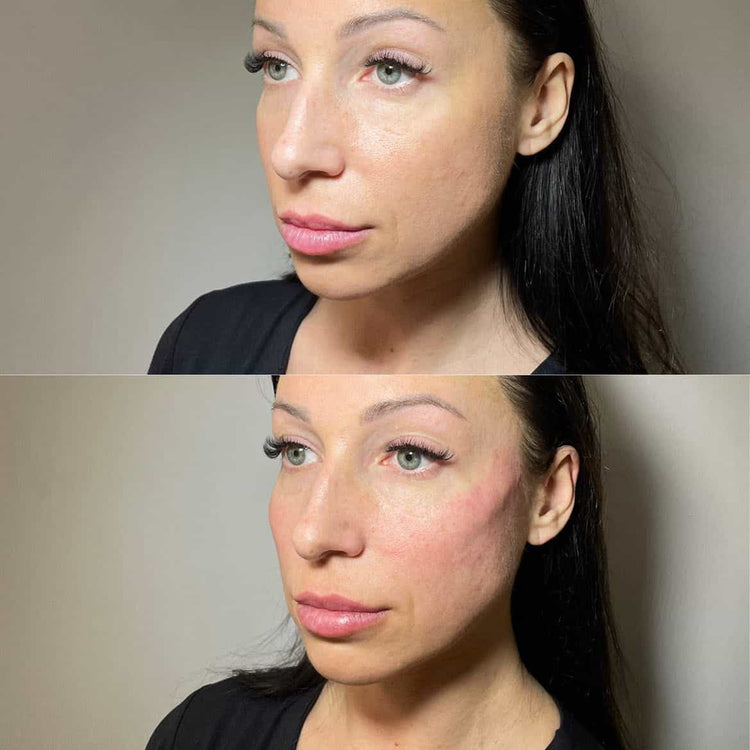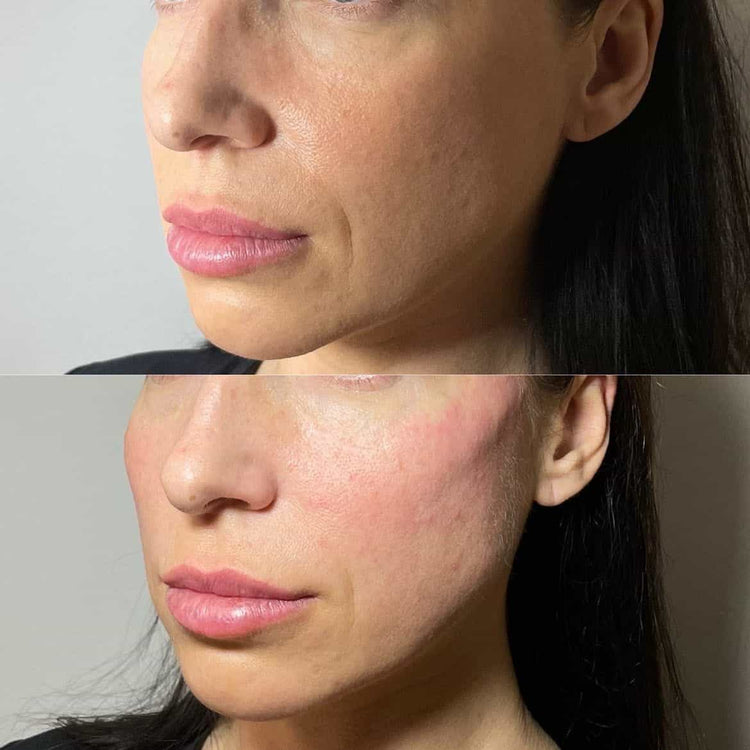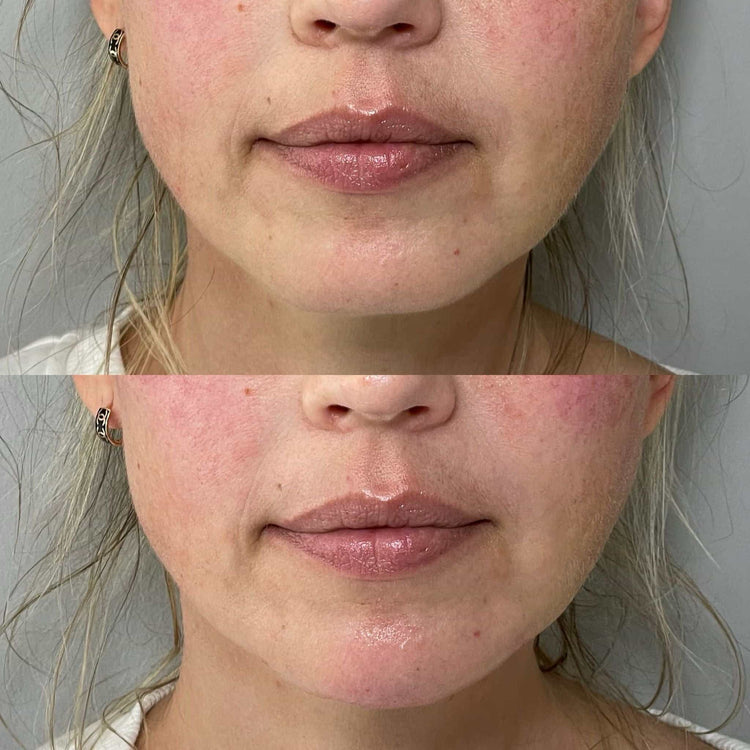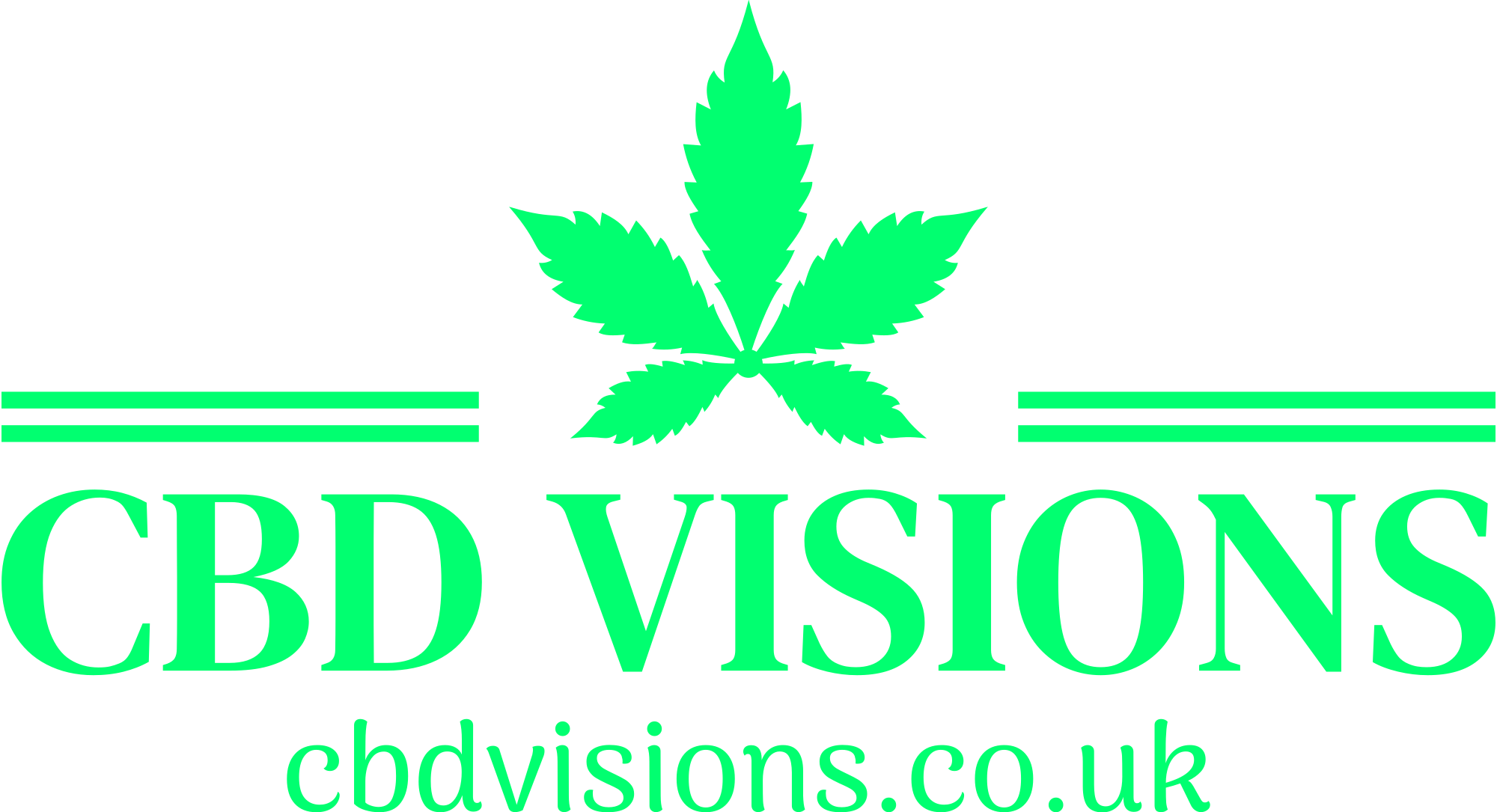Benefits of Skin Resurfacing with Injectables
Unleash your skin’s natural radiance with the transformative power of injectables for skin resurfacing in Bookham, Surrey. This cutting-edge treatment utilizes carefully administered injections to stimulate collagen production, diminish fine lines and wrinkles, and unveil a smoother, more youthful complexion.
Reduction in Fine Lines and Wrinkles
Injectables offer a powerful solution for reducing the appearance of fine lines and wrinkles, leaving you with a refreshed and revitalized look. By stimulating collagen growth, these injectables plump up the skin, effectively filling in wrinkles and restoring volume to areas that have lost elasticity. The result is a smoother, more even skin texture and a noticeable reduction in the depth of fine lines and wrinkles.
Improved Skin Texture and Tone
Injectables for skin resurfacing offer a remarkable array of benefits, leading to a significant improvement in both skin texture and tone.
- Reduced Appearance of Fine Lines and Wrinkles: Injectables effectively target fine lines and wrinkles, minimizing their visibility and restoring a smoother complexion.
- Enhanced Collagen Production: These injectables stimulate collagen synthesis, a protein crucial for skin elasticity and firmness. Increased collagen levels result in plumper, more youthful-looking skin.
- Improved Skin Texture: Injectables work to refine the skin’s texture, smoothing out irregularities and creating a more even surface.
- Boosted Volume and Contour: By plumping up the skin, injectables restore volume to areas that have lost fullness, such as cheeks and temples, enhancing facial contours.
Minimized Appearance of Scars
Injectables for skin resurfacing offer a remarkable array of benefits, leading to a significant improvement in both skin texture and tone.
One notable benefit is the minimized appearance of scars. Injectables can stimulate collagen production around scar tissue, helping to break down the raised or indented areas and promote smoother skin.

Types of Injectables for Skin Resurfacing
In the realm of cosmetic enhancements, injectables for skin resurfacing have emerged as a popular choice for individuals seeking to rejuvenate their complexion. These injectable treatments offer a non-surgical approach to address a variety of skin concerns, including fine lines, wrinkles, and uneven texture.
Hyaluronic Acid Fillers
Hyaluronic acid fillers are a popular type of injectable used for skin resurfacing. Hyaluronic acid is a natural substance found in the body that helps to keep skin hydrated and plump. Fillers containing hyaluronic acid can be injected into the skin to add volume, smooth out wrinkles, and improve skin elasticity.
These fillers work by attracting and holding water molecules, which plumps up the skin from within. They are also known for their ability to stimulate collagen production, further contributing to a more youthful appearance.
Dermal Fillers
Injectables offer a powerful solution for reducing the appearance of fine lines and wrinkles, leaving you with a refreshed and revitalized look. By stimulating collagen growth, these injectables plump up the skin, effectively filling in wrinkles and restoring volume to areas that have lost elasticity. The result is a smoother, more even skin texture and a noticeable reduction in the depth of fine lines and wrinkles.
- Hyaluronic Acid Fillers: These fillers are made from hyaluronic acid, a naturally occurring substance in the body that attracts and holds water, plumping up the skin. Hyaluronic acid fillers can smooth out wrinkles, restore volume, and improve skin elasticity.
- Botox: While primarily known for reducing frown lines, Botox can also be used to address other facial concerns. It works by temporarily paralyzing muscles that contribute to wrinkles, smoothing out the overlying skin.
Hydrating Effects
Injectables offer a powerful solution for reducing the appearance of fine lines and wrinkles, leaving you with a refreshed and revitalized look. By stimulating collagen growth, these injectables plump up the skin, effectively filling in wrinkles and restoring volume to areas that have lost elasticity. The result is a smoother, more even skin texture and a noticeable reduction in the depth of fine lines and wrinkles.
- Hyaluronic Acid Fillers: These fillers are made from hyaluronic acid, a naturally occurring substance in the body that attracts and holds water, plumping up the skin. Hyaluronic acid fillers can smooth out wrinkles, restore volume, and improve skin elasticity.
- Botox: While primarily known for reducing frown lines, Botox can also be used to address other facial concerns. It works by temporarily paralyzing muscles that contribute to wrinkles, smoothing out the overlying skin.
Botox
There are several types of injectables used for skin resurfacing, each with its own unique benefits.
Hyaluronic acid fillers are a popular choice as they add volume and hydration to the skin, smoothing out wrinkles and improving overall texture. They work by attracting and retaining water molecules, plumping up the skin from within.
Another commonly used injectable is Botox. While best known for reducing frown lines, Botox can also be used to address other facial concerns like crow’s feet and forehead lines. It works by temporarily paralyzing the muscles that cause wrinkles, resulting in a smoother appearance.
Muscle Relaxing Properties
Injectables offer a powerful solution for reducing the appearance of fine lines and wrinkles, leaving you with a refreshed and revitalized look. By stimulating collagen growth, these injectables plump up the skin, effectively filling in wrinkles and restoring volume to areas that have lost elasticity. The result is a smoother, more even skin texture and a noticeable reduction in the depth of fine lines and wrinkles.
Hyaluronic acid fillers are a popular type of injectable used for skin resurfacing. Hyaluronic acid is a natural substance found in the body that helps to keep skin hydrated and plump. Fillers containing hyaluronic acid can be injected into the skin to add volume, smooth out wrinkles, and improve skin elasticity.
These fillers work by attracting and holding water molecules, which plumps up the skin from within. They are also known for their ability to stimulate collagen production, further contributing to a more youthful appearance.
Preventive Measures

Injectables offer a powerful solution for reducing the appearance of fine lines and wrinkles, leaving you with a refreshed and revitalized look. By stimulating collagen growth, these injectables plump up the skin, effectively filling in wrinkles and restoring volume to areas that have lost elasticity. The result is a smoother, more even skin texture and a noticeable reduction in the depth of fine lines and wrinkles.
There are several types of injectables used for skin resurfacing, each with its own unique benefits. Hyaluronic acid fillers are a popular choice as they add volume and hydration to the skin, smoothing out wrinkles and improving overall texture. They work by attracting and retaining water molecules, plumping up the skin from within.
Another commonly used injectable is Botox. While best known for reducing frown lines, Botox can also be used to address other facial concerns like crow’s feet and forehead lines. It works by temporarily paralyzing the muscles that cause wrinkles, resulting in a smoother appearance.
Preventive measures for maintaining youthful skin include protecting your skin from the sun with sunscreen every day, eating a healthy diet rich in antioxidants, staying hydrated, and avoiding smoking.
Procedure and Recovery
Understanding the procedure and recovery involved is crucial when considering injectables for skin resurfacing.
Consultation and Assessment
During the consultation, a qualified practitioner will assess your skin, discuss your desired outcomes, and determine the most suitable injectable treatment plan. The practitioner will carefully map out the injection sites based on your individual needs and facial structure.
The actual procedure is typically quick and minimally invasive. A topical anesthetic may be applied to numb the area beforehand, ensuring your comfort throughout the process. Small needles are then used to deliver the injectables precisely into targeted areas of the skin.

- Consultation and Assessment: This initial step involves a comprehensive evaluation of your skin, medical history, and aesthetic goals. The practitioner will recommend the most appropriate injectable type and treatment plan tailored to your specific needs.
- Procedure: The procedure itself is relatively quick and comfortable. A topical anesthetic may be applied before injection to minimize any discomfort. Small needles are used to deliver the injectables precisely to designated areas.
- Recovery: Recovery from injectable skin resurfacing is generally fast and straightforward. You may experience mild redness, swelling, or bruising at the injection sites, which typically subside within a few days. Avoid strenuous activity for 24-48 hours following the treatment.
It’s essential to follow your practitioner’s post-treatment instructions carefully for optimal results and minimize any potential side effects.
Treatment Process
Understanding the procedure and recovery involved is crucial when considering injectables for skin resurfacing.
During the consultation, a qualified practitioner will assess your skin, discuss your desired outcomes, and determine the most suitable injectable treatment plan. The practitioner will carefully map out the injection sites based on your individual needs and facial structure.
The actual procedure is typically quick and minimally invasive. A topical anesthetic may be applied to numb the area beforehand, ensuring your comfort throughout the process. Small needles are then used to deliver the injectables precisely into targeted areas of the skin.
- Consultation and Assessment: This initial step involves a comprehensive evaluation of your skin, medical history, and aesthetic goals. The practitioner will recommend the most appropriate injectable type and treatment plan tailored to your specific needs.
- Procedure: The procedure itself is relatively quick and comfortable. A topical anesthetic may be applied before injection to minimize any discomfort. Small needles are used to deliver the injectables precisely to designated areas.
- Recovery: Recovery from injectable skin resurfacing is generally fast and straightforward. You may experience mild redness, swelling, or bruising at the injection sites, which typically subside within a few days. Avoid strenuous activity for 24-48 hours following the treatment.
It’s essential to follow your practitioner’s post-treatment instructions carefully for optimal results and minimize any potential side effects.
Injection Technique
Understanding the procedure and recovery involved is crucial when considering injectables for skin resurfacing.
During the consultation, a qualified practitioner will assess your skin, discuss your desired outcomes, and determine the most suitable injectable treatment plan. The practitioner will carefully map out the injection sites based on your individual needs and facial structure.
The actual procedure is typically quick and minimally invasive. A topical anesthetic may be applied to numb the area beforehand, ensuring your comfort throughout the process. Small needles are then used to deliver the injectables precisely into targeted areas of the skin.
- Consultation and Assessment: This initial step involves a comprehensive evaluation of your skin, medical history, and aesthetic goals. The practitioner will recommend the most appropriate injectable type and treatment plan tailored to your specific needs.
- Procedure: The procedure itself is relatively quick and comfortable. A topical anesthetic may be applied before injection to minimize any discomfort. Small needles are used to deliver the injectables precisely to designated areas.
- Recovery: Recovery from injectable skin resurfacing is generally fast and straightforward. You may experience mild redness, swelling, or bruising at the injection sites, which typically subside within a few days. Avoid strenuous activity for 24-48 hours following the treatment.
It’s essential to follow your practitioner’s post-treatment instructions carefully for optimal results and minimize any potential side effects.
Numbness Medication
Understanding the procedure and recovery involved is crucial when considering injectables for skin resurfacing.
During the consultation, a qualified practitioner will assess your skin, discuss your desired outcomes, and determine the most suitable injectable treatment plan. The practitioner will carefully map out the injection sites based on your individual needs and facial structure. The actual procedure is typically quick and minimally invasive. A topical anesthetic may be applied to numb the area beforehand, ensuring your comfort throughout the process. Small needles are then used to deliver the injectables precisely into targeted areas of the skin.
- Consultation and Assessment: This initial step involves a comprehensive evaluation of your skin, medical history, and aesthetic goals. The practitioner will recommend the most appropriate injectable type and treatment plan tailored to your specific needs.
- Procedure: The procedure itself is relatively quick and comfortable. A topical anesthetic may be applied before injection to minimize any discomfort. Small needles are used to deliver the injectables precisely to designated areas.
- Recovery: Recovery from injectable skin resurfacing is generally fast and straightforward. You may experience mild redness, swelling, or bruising at the injection sites, which typically subside within a few days. Avoid strenuous activity for 24-48 hours following the treatment.
It’s essential to follow your practitioner’s post-treatment instructions carefully for optimal results and minimize any potential side effects.
Post-Treatment Care Instructions
Understanding the procedure and recovery involved is crucial when considering injectables for skin resurfacing.
During the consultation, a qualified practitioner will assess your skin, discuss your desired outcomes, and determine the most suitable injectable treatment plan. The practitioner will carefully map out the injection sites based on your individual needs and facial structure.
The actual procedure is typically quick and minimally invasive. A topical anesthetic may be applied to numb the area beforehand, ensuring your comfort throughout the process. Small needles are then used to deliver the injectables precisely into targeted areas of the skin.

- Consultation and Assessment: This initial step involves a comprehensive evaluation of your skin, medical history, and aesthetic goals. The practitioner will recommend the most appropriate injectable type and treatment plan tailored to your specific needs.
- Procedure: The procedure itself is relatively quick and comfortable. A topical anesthetic may be applied before injection to minimize any discomfort. Small needles are used to deliver the injectables precisely to designated areas.
- Recovery: Recovery from injectable skin resurfacing is generally fast and straightforward. You may experience mild redness, swelling, or bruising at the injection sites, which typically subside within a few days. Avoid strenuous activity for 24-48 hours following the treatment.
It’s essential to follow your practitioner’s post-treatment instructions carefully for optimal results and minimize any potential side effects.
Here are some additional post-treatment care tips:
- Avoid touching or rubbing the injection sites.
- Apply ice packs to reduce swelling as needed.
- Sleep with your head elevated.
- Wear loose-fitting clothing that doesn’t put pressure on the treated area.
- Drink plenty of water to stay hydrated.
- Protect your skin from the sun by wearing sunscreen daily, even on cloudy days.
Choosing a Qualified Practitioner
Choosing a qualified practitioner is crucial when considering injectables for skin resurfacing.
Experience and Expertise
When seeking out a practitioner for skin resurfacing with injectables, experience and expertise are paramount. Look for a medical professional who specializes in aesthetic medicine and has extensive experience administering injectables. A qualified practitioner will have a deep understanding of facial anatomy, injection techniques, and the latest advancements in injectable treatments.
Don’t hesitate to ask about their qualifications, training, and experience level.
Review before-and-after photos of previous patients to gauge the practitioner’s skill and artistic eye. A consultation is essential to discuss your goals, medical history, and any concerns you may have. During this consultation, you can assess the practitioner’s communication style, professionalism, and willingness to answer your questions thoroughly.
Choosing a qualified practitioner significantly increases your chances of achieving natural-looking results and minimizing potential risks or complications.
Credentials and Certifications
Choosing a qualified practitioner is crucial when considering injectables for skin resurfacing.
When seeking out a practitioner for skin resurfacing with injectables, experience and expertise are paramount. Look for a medical professional who specializes in aesthetic medicine and has extensive experience administering injectables. A qualified practitioner will have a deep understanding of facial anatomy, injection techniques, and the latest advancements in injectable treatments.
Don’t hesitate to ask about their qualifications, training, and experience level. Review before-and-after photos of previous patients to gauge the practitioner’s skill and artistic eye. A consultation is essential to discuss your goals, medical history, and any concerns you may have. During this consultation, you can assess the practitioner’s communication style, professionalism, and willingness to answer your questions thoroughly.
Choosing a qualified practitioner significantly increases your chances of achieving natural-looking results and minimizing potential risks or complications.
Credentials and certifications play a vital role in ensuring a practitioner’s competence and commitment to safe practices.
In the realm of aesthetic medicine, several recognized credentials and certifications indicate a practitioner’s expertise and adherence to professional standards. Look for practitioners who hold certifications from reputable organizations such as:
- American Academy of Facial Plastic and Reconstructive Surgery (AAFPRS): This organization certifies facial plastic surgeons who have completed rigorous training and meet stringent ethical standards.
- American Board of Cosmetic Surgery (ABCS): The ABCS certifies cosmetic surgeons who have undergone specialized training in aesthetic surgery.
- American Society for Aesthetic Plastic Surgery (ASAPS): ASAPS is a professional organization dedicated to promoting excellence in aesthetic surgery. Members are board-certified plastic surgeons committed to patient safety and ethical practices.
In addition to these organizations, some practitioners may hold certifications specific to injectables, such as those offered by Allergan or Galderma, the manufacturers of popular dermal fillers. These certifications demonstrate a practitioner’s in-depth knowledge and hands-on training in administering specific injectables.
Patient Reviews and Testimonials
Patient reviews and testimonials can offer valuable insights into a practitioner’s skills and patient satisfaction.
Seek out online reviews on platforms such as Google, Yelp, or RealSelf. Pay attention to both positive and negative feedback, as it can provide a more balanced perspective. Look for reviews that mention specific treatments, such as skin resurfacing with injectables, as these are most relevant to your needs.
While online reviews can be helpful, it’s also important to remember that they may not always be representative of everyone’s experience. It’s best to consider them as one factor among many when making your decision.
Don’t hesitate to ask your chosen practitioner for patient testimonials or referrals. This allows you to hear firsthand accounts from individuals who have undergone similar treatments.
Cost Considerations
Cost considerations for skin resurfacing with injectables in Bookham, Surrey can vary depending on several factors, including:
* **Type of Injectable:** Different injectables have different prices. Hyaluronic acid fillers, such as Juvederm or Restylane, typically cost more per syringe than Botox.
* **Volume Needed:** The amount of product required to achieve your desired results will influence the overall cost. More volume generally means a higher price.
* **Number of Sessions:** Multiple sessions may be needed for optimal results, especially for significant skin resurfacing. Each session will add to the total cost.
* **Practitioner’s Fees:** Experienced and highly sought-after practitioners often charge more than those just starting out.
* **Location:** Costs can vary between clinics and regions within Surrey.
It is recommended to consult with a qualified practitioner in Bookham, Surrey for a personalized consultation and quote. They will assess your specific needs and provide you with a detailed breakdown of the costs involved.
Remember, while cost is an important factor, prioritizing experience, expertise, and safety should be paramount when choosing a practitioner for injectables.
Frequently Asked Questions
Skin resurfacing with injectables has become increasingly popular in Bookham, Surrey. Here are some frequently asked questions about this procedure:
What are injectables used for in skin resurfacing?
Injectables can smooth out wrinkles and fine lines, plump up the skin, and restore a more youthful appearance. They can be particularly effective in treating areas like the forehead, crow’s feet, cheeks, and lips.
How do injectables work?
Various injectables are used for skin resurfacing, each with its mechanism:
* **Hyaluronic acid fillers:** These attract and retain water, hydrating the skin and filling in wrinkles from within.
* **Botox:** It temporarily paralyzes muscles that cause wrinkles, smoothing out lines like frown lines and forehead wrinkles.
What can I expect during a skin resurfacing treatment?
The process typically involves a consultation followed by the treatment itself:
During the consultation, you’ll discuss your goals and medical history with a qualified practitioner who will assess your skin and recommend the most suitable injectable type and treatment plan. The actual procedure is generally quick and minimally invasive. A topical anesthetic may be applied to minimize discomfort, and small needles deliver the injectables precisely into targeted areas.
What kind of recovery can I expect?
Recovery from injectables is typically fast. You might experience mild redness, swelling, or bruising at the injection sites, which usually subside within a few days. Avoid strenuous activity for 24-48 hours after treatment.
How long do the results last?
The duration of results varies depending on the type of injectable used and individual factors like skin elasticity and lifestyle. Hyaluronic acid fillers typically last 6 to 18 months, while Botox results usually last 3 to 6 months.
What are some tips for maximizing my results and minimizing side effects?
Follow your practitioner’s post-treatment instructions carefully. Avoid touching or rubbing the injection sites, apply ice packs to reduce swelling, sleep with your head elevated, wear loose clothing, drink plenty of water, and protect your skin from the sun.
Where can I find a qualified practitioner in Bookham, Surrey?
Look for practitioners who are board-certified or have relevant certifications, have extensive experience with injectables, and provide before-and-after photos. Reading online reviews and asking for referrals can also be helpful.
Schedule your personalized lip injection treatment at It’s Me & You Clinic with Dr. Laura Geige
- THC Seltzer Tasting: What To Look For - October 29, 2025
- Skin Resurfacing With Injectables In Bookham, Surrey - October 28, 2025
- Skin Bio-Remodelling With Profhilo In Godalming, Surrey - October 26, 2025
